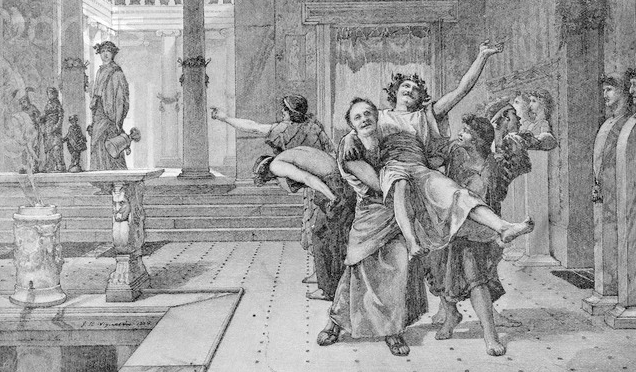

Today, many Christians observe the holy day by attending religious services countless others mark the now secular side of the holiday by going to Macy's. They point to the ancient Roman celebration of Saturnalia, which honored the.

The industrial revolution spread its popular customs and icons far and wide. For some, its brightly-wrapped presents sitting under the Christmas tree.

American illustrator Thomas Nast cemented the legend and made it visible in the late 19th century.Īlthough the holiday was briefly banned by Puritans in 17th-century New England, Christmas has been alive and well in America ever since. Most know it today as "The Night Before Christmas." Moore turned Santa into a kindly saint who flew about in a reindeer-drawn sleigh. Today's Santa was reinvented first by Clement Clark Moore, who published his famous poem, "A Visit from Saint Nicholas," in 1823. Just like the rest of us, Santa gained a lot of weight when he came to the New World. At that time, Santa was traditionally depicted as a tall, thin, religious figure, who rode a flying white horse through the air. Now, if there are any children reading this, they're likely wondering one thing: What about Santa? Santa Claus - from the Dutch Sinter Klass - was brought to New York in the earth 18th century. The Christmas tree dates back to ancient Germany. German and Celtic traditions brought Yule logs, holiday cakes and fir trees. Christmas dinners and spirits, for example, find their modern roots in the English traditions of feasting on boars heads and drinking from wassail bowls (wassail meaning "be thou well" or "to your health"). The traditions surrounding Christmas have evolved and combined over time to form the holiday as we know it today. 7 in accordance with the old Julian Calendar. In Eastern Orthodox countries, the feast of Christ’s Nativity is celebrated on Jan. When the Roman Empire became Christian under the reign of Emperor Constantine the Great, church leaders made the decision to make permanent the date of Dec. In this case, Christmas coincided with the older pagan Roman festival commemorating the "birthday of the unconquered sun" (natalis solis invicti). Many Christian traditions were scheduled around early pagan festivals to increase pagan participation in religious rituals. Roman Catholics first celebrated Christmas in 336 A.D., but it's likely that the early Christians tied the date of their celebration to a much older tradition, Saturnalia. The birth of Jesus is documented in the Gospels of Matthew and Luke, and illustrated in nativity scenes decorating living rooms and lawns all over North America. Although it is the second-most important religious holy day on the Christian calendar (Easter is the first), Christmas has become one of the most widely celebrated secular holidays around the world. 25, Christmas commemorates the birth of Jesus Christ. Parking lots lined with pine trees knitted stockings strung from mantles red suits, flying reindeer, helper elves, and anxious children.


 0 kommentar(er)
0 kommentar(er)
